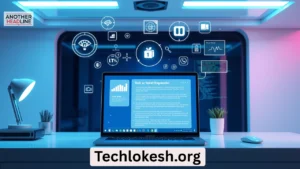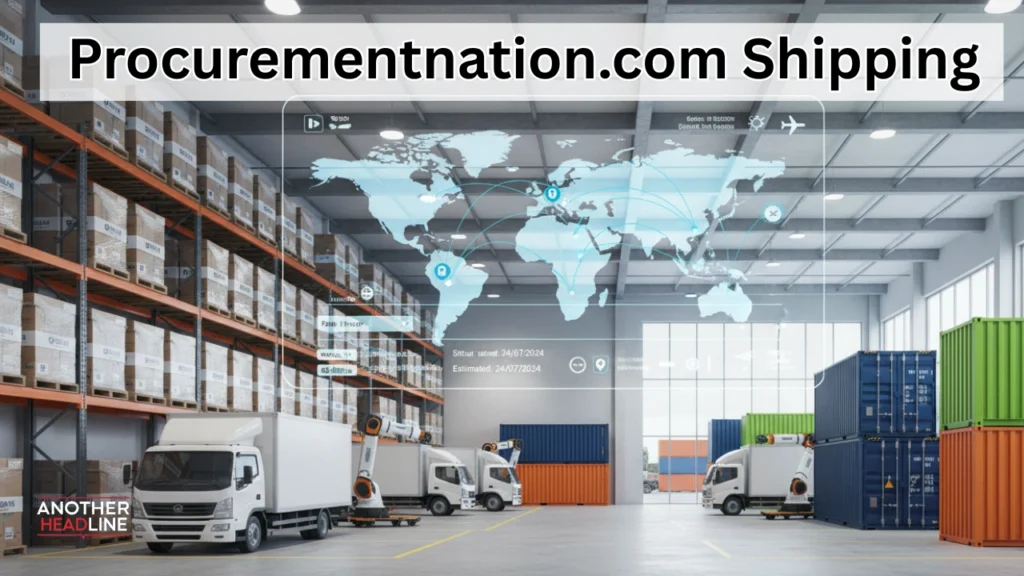Launching a SaaS product today is exciting—but also overwhelming. Every market feels packed with dozens of tools, and new startups appear weekly. That’s why it’s crucial to find your SaaS niche early. By identifying the right underserved market, you can stand out and build a loyal customer base instead of competing head-to-head with industry giants.
Instead of being a “jack of all trades” platform, the most successful SaaS companies master one specific problem for one specific audience. Learning how to spot your SaaS niche in saturated industries is the first step toward long-term growth and relevance.
Find Your SaaS Niche by Starting With Problems, Not Products

The best SaaS products don’t start with fancy technology—they start with pain points.
- Listen actively – Read user reviews, dive into Reddit threads, and join industry Slack groups.
- Spot frustrations – Where are people struggling with clunky processes or duct-taped solutions?
- Focus on urgency – Pain creates demand, and urgent problems drive adoption faster than “nice-to-have” tools.
Example: Instead of building another generic project management app, you might solve a specific problem—like time tracking for hybrid creative teams.
Also Read
How to Find Your SaaS Niche in Underserved Segments
You don’t need to reinvent the wheel. Even in mature industries, niches remain untouched.
- Go vertical – Tailor your SaaS to industries like healthcare, legal, or education.
- Get audience-specific – Focus on freelancers, startups, or enterprise-level teams.
- Stay relevant – Serving a small group exceptionally well is often more powerful than trying to serve everyone poorly.
A CRM for real estate investors or therapists will always stand out against generic alternatives.
Find Your SaaS Niche Through Competitor Blind Spots

Competitors often leave opportunities on the table. To uncover them:
- Check reviews and forums – See what users complain about or wish existed.
- Study roadmaps – Where is the competitor going, and what are they ignoring?
- Find exclusions – Are certain team sizes, industries, or budgets left out?
Every gap they neglect is a door for you to walk through.
Be Active Where Conversations Happen
Communities are goldmines for SaaS insights—but you need to do more than lurk.
- Join discussions – Be present on LinkedIn, Reddit, or niche forums.
- Ask smart questions – Learn how people actually describe their problems.
- Track emerging trends – Sometimes, a rising workflow or compliance need becomes your niche.
By immersing yourself, you don’t just hear pain points—you understand them in context.
Differentiate With Depth, Not Just Features
Features can be copied; deep customer understanding cannot.
Ways to differentiate:
- Speak your audience’s language in copy and branding
- Offer industry-specific integrations and workflows
- Design onboarding tailored to your niche’s challenges
- Use testimonials from similar businesses for credibility
Remember: People don’t buy software—they buy solutions they trust.
Validate With Micro-Experiments
Don’t spend months coding before testing demand. Validate early with:
- Landing pages to gauge interest
- Ad campaigns to test messaging
- Waitlists or pilot groups for early adopters
If you see clicks, sign-ups, and referrals, you’re onto something. If not, pivot quickly without burning time or money.
What Makes a Strong SaaS Niche?
A profitable SaaS niche usually ticks these boxes:
- Solves a frequent, urgent, or expensive problem
- Has a clearly defined audience you can reach
- Customers are both willing and able to pay
- Existing tools don’t fully address the need
- You bring credibility, insight, or unique perspective
Final Thought
In SaaS, trying to serve everyone often means serving no one. But when you become the go-to solution for a specific, underserved group, you build traction faster, earn customer trust, and establish long-term brand strength. Niches may feel small, but they’re often the starting point of the biggest SaaS success stories. Stay curious, keep validating, and remember—your niche isn’t a limitation, it’s your competitive edge.





